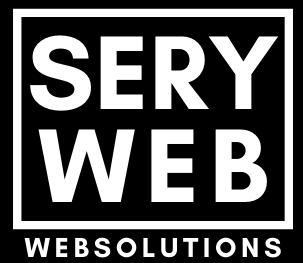Before any of the tech jargon, design chops, or programming skills related to making a website come into play, your site has to take shape as a solid idea. Having a clear understanding of your site’s mission will help inform your design, content, and structural choices later on, so step one is to get that mission nailed down.
So, is the website for a business hoping to connect with customers online and alert them to upcoming events and sales? Is it a fansite for a TV show looking to provide a forum for members of a fan community? Is it a website for a non-profit or charitable organization trying to attract donations or volunteers? Understanding who you’re trying to attract is key to determining what your site will look like and how it will work.
After you have a clear idea of your website’s function and target audience, the design phase involves planning out how the site will be arranged and what it will look like. Web design is the art of creating the aesthetics and usability of a website—making sure that a site is not only pleasing to the eye, but that the layout also makes sense and is easy for people to use when visiting from their computers, tablets, or smartphones. Web design can be its own specific career path, but—when you’re taking a stab at your first website—you’ll probably be designing it AND developing it yourself (more on developing a website below).
